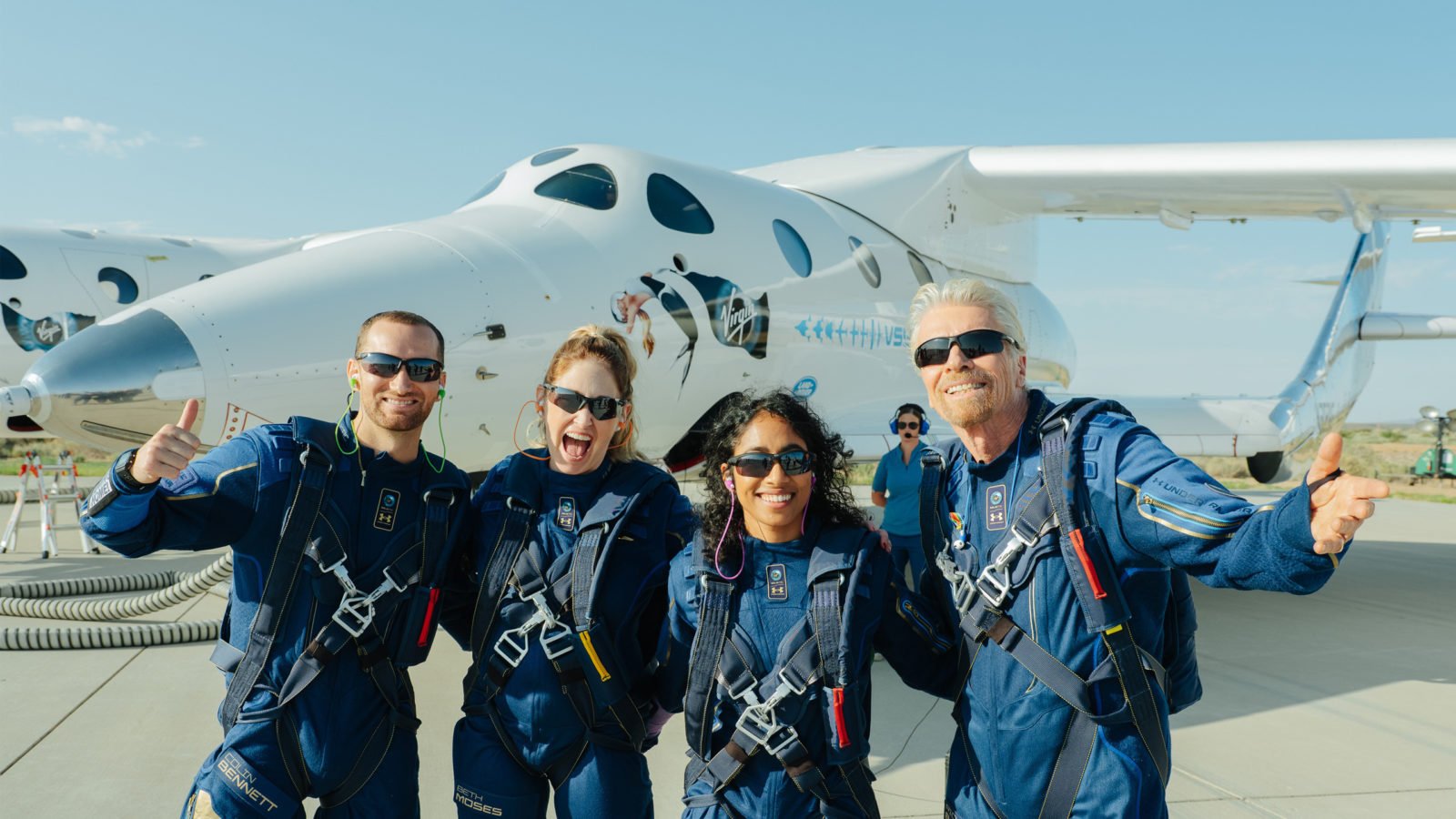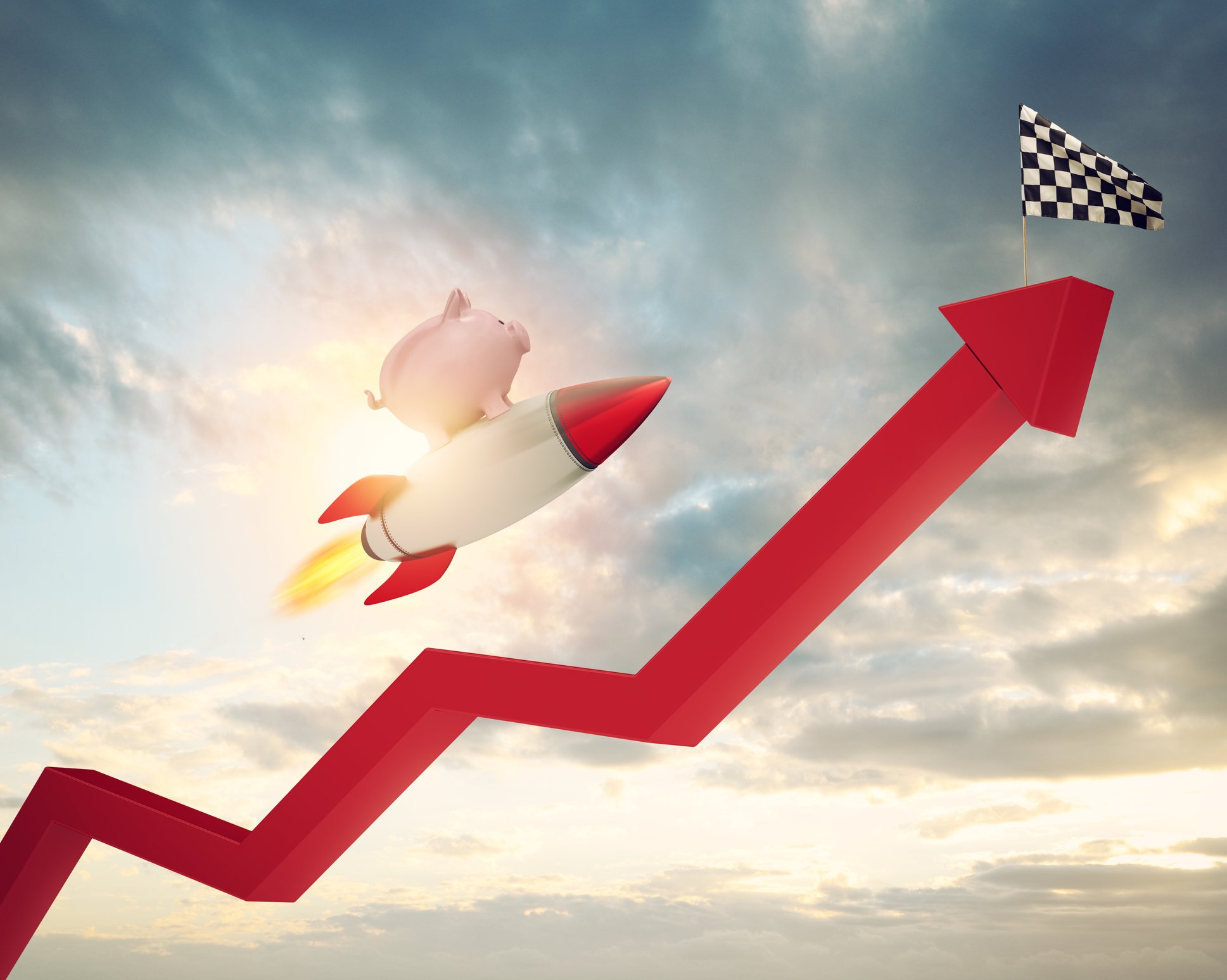Investing is all about balancing risk and reward in a diversified portfolio, and some growth stocks are worth the risk. Companies that define new categories can seem crazy early on, and that's where I think we are with Virgin Galactic (SPCE 5.11%) and Asana (ASAN +1.78%).
Virgin Galactic could come to define space tourism for thousands of travelers, and Asana could become a productivity tool that grows from small businesses to the masses. Here's why I like the risk/reward profile of both right now.

NYSE: SPCE
Key Data Points
Inventing a new category with Virgin Galactic
If space tourism is common a decade from now, it will probably mean that Virgin Galactic was successful in launching a reusable spacecraft and attracting customers to pay upward of $450,000 for a flight. The company has completed test flights and recently upgraded its mother ship, with plans to launch commercial operations by the end of the second quarter of 2023.
Given the fact that Virgin Galactic is pre-revenue, this is a very risky company, but the upside could be tremendous, and the risk/reward balance is attractive right now. Tickets for a trip to space now cost $450,000, and the company's next-generation rocket seats six.
That means revenue per flight could be almost $3 million, and management has projected that the variable cost per flight will be $500,000. Even if the variable cost is really $1 million, the gross margin per flight would be $2 million.
Cash and equivalents at the end of 2022 were $980 million, and Virgin Galactic currently has a market cap of $1.2 billion. If (and it's a big "if") the company can get to positive operating cash flow, this stock could take off. Operating cash burn in 2022 was $380 million, so that implies the company needs about 190 flights annually, based on the $2 million contribution margin, to be cash flow breakeven at current spending rates. There are a lot of projections and assumptions baked into estimating 190 flights annually to be breakeven, but this discussion is to give you an idea how much Virgin Galactic needs to grow to become a viable company long-term.
If commercial operations do begin in the second quarter and Virgin Galactic starts ramping up flights in the second half of 2023 and into 2024, the company has a bright future. A capital raise isn't out of the question, and there's a lot of uncertainty in getting the business off the ground. But management expects a single spaceport can generate $1 billion in revenue, and the upside is huge if Virgin Galactic does get commercial flights going.

NYSE: ASAN
Key Data Points
Asana's growth potential is off the charts
A lot of unprofitable software-as-a-service (SaaS) companies have been crushed in recent years, and Asana is no different. But some of these companies will stage a big turnaround, and I think Asana is one to bet on.
The company reported 34% growth in the fourth quarter of 2022 to $150.2 million, and negative cash flow from operating activities improved from negative $39.3 million a year ago to negative $31.1 million.
Management expects revenue to grow 17% to 18% in 2023 with the adjusted operating loss improving from negative $207.3 million to between $120 million and $130 million.
Costs still need to get under control, but Asana is growing, and operating costs are starting to come down as a percentage of revenue. This means operating leverage is starting to kick in for the business.
Asana provides a crucial productivity solution for small businesses, and I think that will make it one of the more sticky SaaS products on the market with dollar-based net retention up 115% in the fourth quarter and 135% for customers who spend over $100,000 per year. If it can survive the current market downturn, which I think it can given founder Dustin Moskovitz's massive stake in the company, this could be an emerging platform company in office productivity.
Reward requires risk
Virgin Galactic and Asana are certainly risky stocks, but they are also in potentially massive markets, and if they succeed, the companies could be worth many multiples of what they are today. That's why I think the potential reward is worth the risk.





